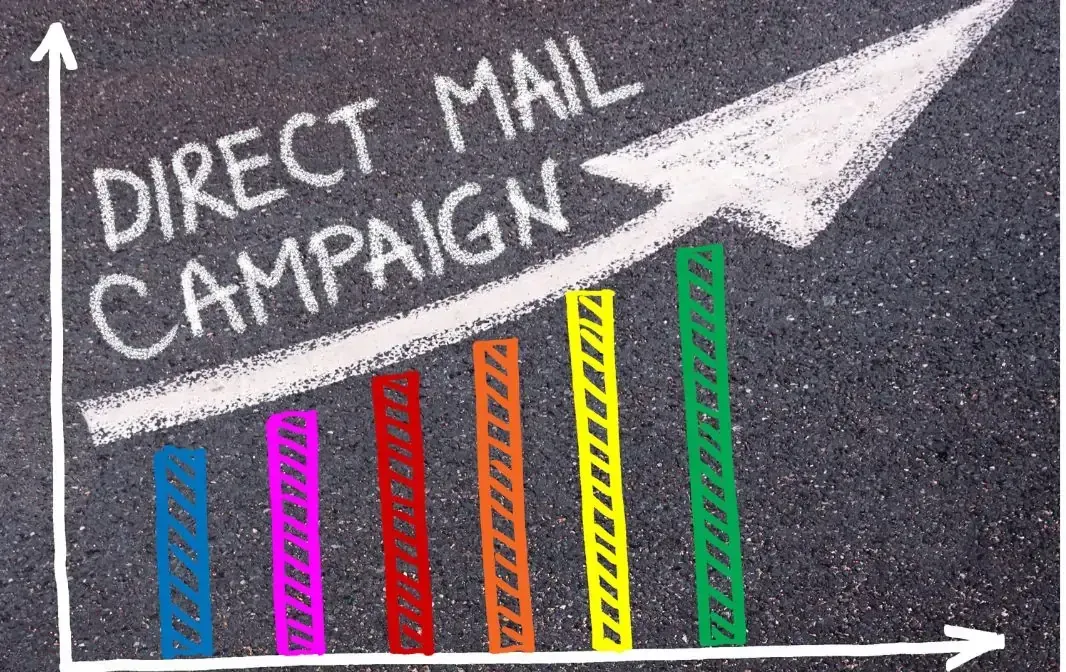Pay-Per-Click Advertising for Dentists: ROI-Focused Strategies and Setup Guides

In today's competitive landscape, pay-per-click (PPC) advertising has become a crucial tool for dental offices aiming to attract new patients and grow their practices. Leveraging platforms like Google Ads helps dentists reach potential patients when they’re actively searching for dental services. This guide walks you through ROI-focused strategies, setup guides, and success metrics for launching successful PPC campaigns.
Why PPC Advertising is Essential for Dentists
PPC advertising allows dental practices to:
- Target specific demographics with precision
- Control their advertising budget effectively
- Achieve quick results with measurable outcomes
- Increase online visibility in local search results
By utilizing dental PPC campaigns, dental offices can ensure their ads appear at the top of search engine results pages (SERPs), driving more traffic and conversions. Additionally, PPC offers dentists the flexibility to adjust their campaigns based on real-time data, ensuring they are constantly refining their strategies for better performance. One of the most compelling reasons PPC is essential for dental practices is its measurable ROI. Dentists can track everything from how many people saw their ads, clicked on them, and ultimately became patients. This transparency is unparalleled in other forms of advertising, allowing dental practices to directly attribute revenue to specific campaigns. Furthermore, PPC complements other marketing efforts like SEO by allowing immediate visibility while organic strategies build up over time. When used in conjunction, PPC and SEO help practices dominate local search results, ensuring their name is constantly visible to potential patients.
Setting Up a Successful PPC Campaign
1. Define Your Goals
Before launching a campaign, it's essential to define clear objectives. Common goals for dental PPC campaigns include:
- Increasing new patient appointments
- Promoting specific dental services (e.g., orthodontics, cosmetic dentistry)
- Enhancing brand awareness
2. Conduct Keyword Research
Keyword research is the backbone of any successful PPC campaign. Tools like WordStream and SEMrush can help identify high-traffic keywords. Focus on terms such as:
- "Dentist near me"
- "Emergency dental services"
- "Cosmetic dentist in [City]"
3. Create Compelling Ad Copy
Your ad copy should be:
- Relevant to the searcher's intent
- Engaging with a clear call-to-action (CTA)
- Concise, highlighting unique selling propositions (USPs) such as same-day appointments, free consultations, or advanced technology
4. Set Up Targeting Options
Use Google Ads to define your audience by:
- Location: Target your local area to attract nearby patients
- Demographics: Age, gender, and household income
- Interests and behaviors: Tailor your ads to individuals interested in dental health
5. Optimize Landing Pages
Ensure your landing pages:
- Match the ad content and keywords
- Are mobile-friendly
- Include a clear CTA
- Provide easy access to contact information
6. Monitor and Adjust
Regularly review your campaign's performance. Key metrics to track include:
- Click-through rate (CTR)
- Cost per click (CPC)
- Conversion rate
- Return on ad spend (ROAS)
ROI-Focused Strategies
Utilize Ad Extensions
Enhance your ads with ad extensions to increase visibility and click-through rates. Useful extensions for dental ads include:
- Call extensions: Allow users to call directly from the ad
- Location extensions: Show your practice’s address and map
- Sitelink extensions: Direct users to specific pages on your website, such as your services page
Implement Remarketing
Remarketing helps you re-engage visitors who previously interacted with your website but didn’t convert. This strategy can significantly increase your ROI by keeping your practice top-of-mind.
Optimize for Mobile
A significant portion of search traffic comes from mobile devices. Ensure your ads and landing pages are optimized for mobile to provide a seamless user experience.
Success Metrics for Dental PPC Campaigns
To measure the success of your PPC campaigns, focus on these key metrics:
- Click-Through Rate (CTR): A high CTR indicates your ad is relevant and engaging to your audience.
- Conversion Rate: This measures the percentage of visitors who take a desired action, such as booking an appointment.
- Cost Per Conversion: Calculate how much you're spending to acquire a new patient. Lowering this cost improves your campaign’s ROI.
- Return on Ad Spend (ROAS): ROAS helps you understand the revenue generated for every dollar spent on advertising. Aim for a positive ROAS to ensure your campaigns are profitable.
Competitor Analysis
Analyzing competitor strategies can provide valuable insights into what works in dental PPC advertising. Tools like SEMrush can help you:
- Identify competitors’ top-performing keywords
- Analyze their ad copy and landing pages
- Discover gaps and opportunities in your own campaigns






















